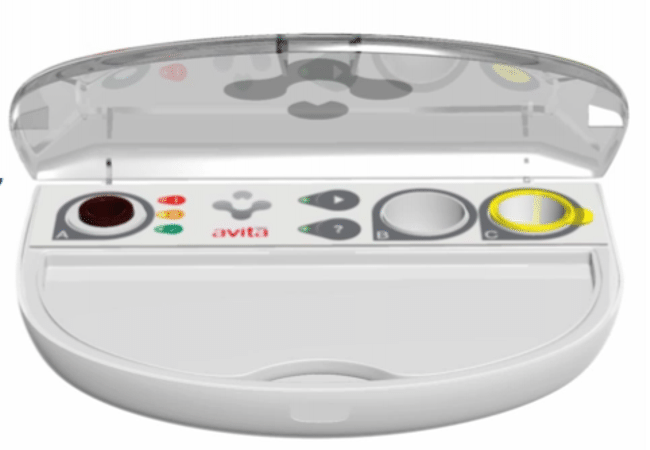Worth Watching: Avita Medical Ltd (ASX: AVH)
“Avita Medical is a medical device company that provides a unique approach to skin regeneration”
Avita closed a capital raising this week to raise approximately $11M at a price of $0.09. The rights issue is partly underwritten by Morgans Financial Ltd (“Morgans”).
The company has recently strengthened its management team and developed a new, more effective business development strategy. In effect it has re-invented itself and that, allied with a strong product portfolio, is why it is worth a look.
History
The skin healing technology that is Avita’s focus was first developed by Dr Fiona Wood in the early 1990’s in Western Australia. At the time skin culturing techniques, invented in the US, required several weeks to produce enough skin to cover a major burn. Wood’s technique reduced that time to a few days.
Wood started Clinical Cell Culture Pty Ltd to commercialise the technique. By the early 2000’s ASX listed ECAT Development Capital Limited was financing development in return for equity in the company. In 2002 ECAT changed its name to Clinical Cell Culture Ltd (ASX: CCE) after acquiring 100% of the Pty Ltd company. In 2008 the company changed its name to Avita and consolidated its shares on a 1 for 10 basis.
One of the main reasons for the lack of commercialisation to date, is that most burns specialists have been skeptical of the product because of a lack of clinical trials. This is about to change.
Products
Avista sells three medical devices, all developments of Wood’s original technique, known as Autologous Cell Harvesting Devices. A small sample of the patient’s skin is placed in the device and within 30 minutes the cells separate. The resulting cell suspension is then sprayed over the patient’s wound. These healthy cells then immediately initiate healing of the damaged or burnt cells.
- Recell – used on acute burns
- Regenercell – Used to heal chronic wounds such as ulcers.
- Renovacell – used to restore original skin pigmentation
The devices, one of which is pictured below, are single use and cost around $1,500 each. Approximately 6,000 devices have been sold to date with no adverse safety signals. They are protected by a number of patents.
Recent Developments
The company has made significant advances in several areas within the past year or so.
Clinical trials are underway in the US, under the Food & Drug administration’s (“FDA”) Expedited Access Pathway. Enrollment of test subjects is complete and the company expects potential FDA approval by late 2017, and possibly earlier. Meanwhile it has approval to treat some patients on humanitarian grounds.
Avita has a rather remarkable contract with US government organization, the Biomedical Advanced Research and Development Authority (“BARDA”). It is worth up to $54M and is intended to prepare the US for potential future mass burn events. BARDA will pay an initial $16.9M to fund the FDA trial and for an inventory of 5,000 devices.
Avita has changed its distribution strategy from direct sales to recruitment of worldwide distributors. Distributors are already in place in several EU countries and in China. It also provides technical support for training medics in use of the devices.
Conclusion
Avita currently sells around 1,000 devices per year. It estimates that breakeven will be about 10,000 devices. This does not look to be a very difficult target. There are a number of potential drivers for strongly increased sales, such as success with the US government or strong uptake in one or more countries through the distribution network. And successful FDA trials could really open the floodgates.
NOTE
My “Worth Watching” series is a brief review of companies that appeal to me. The reviews are not based on in-depth research and are in no way a recommendation to buy or sell shares. The reader is advised to do their own research and/or consult with their broker.

